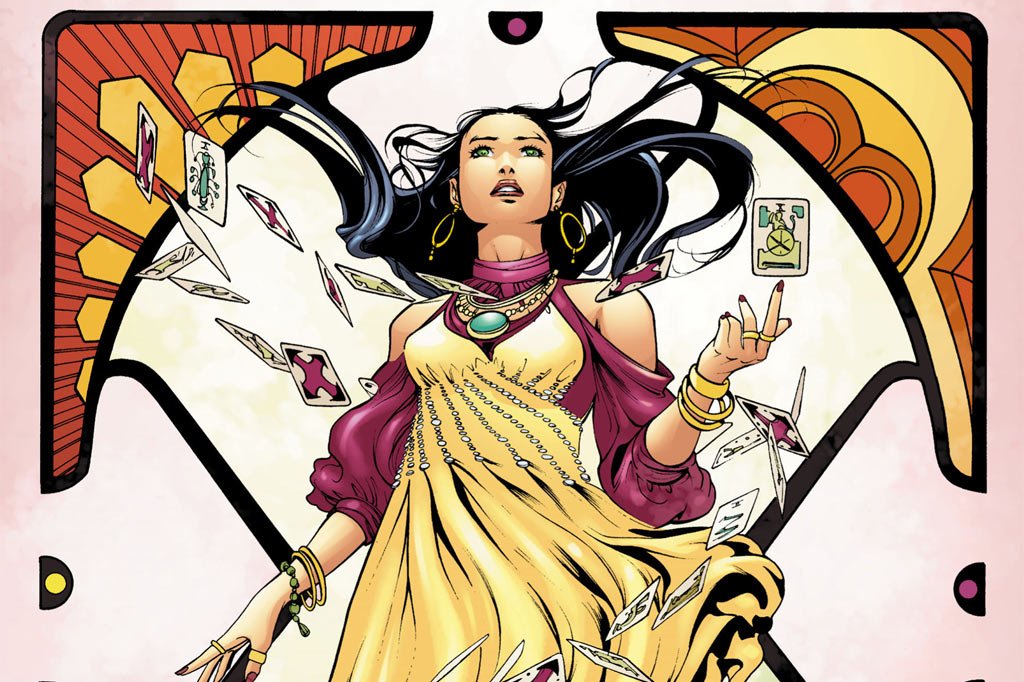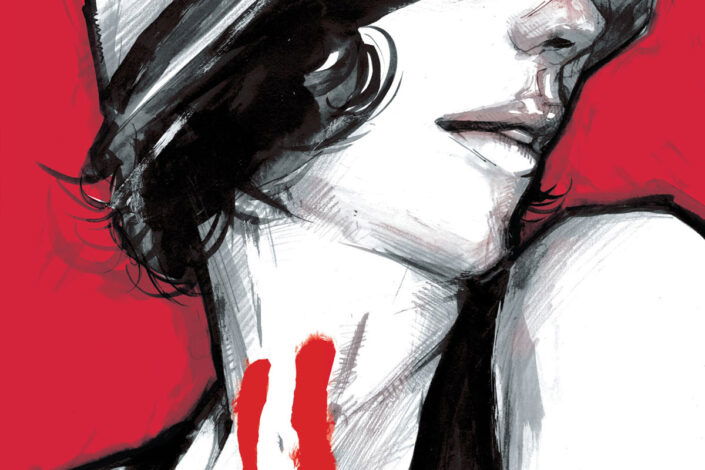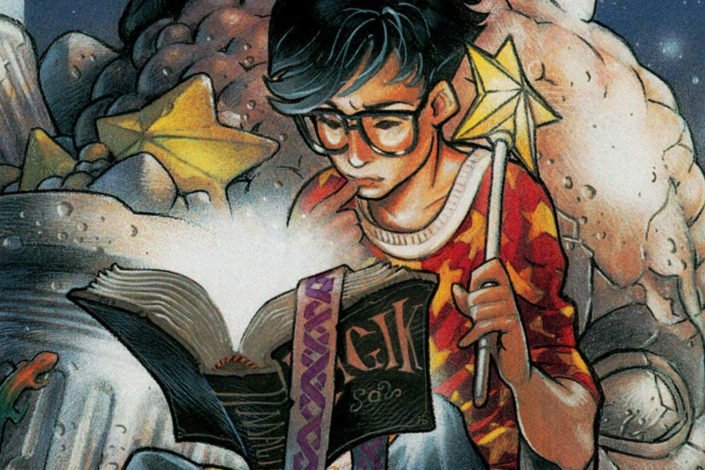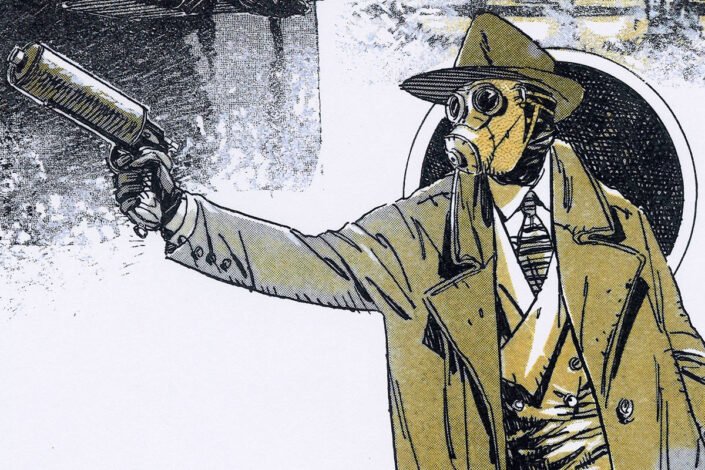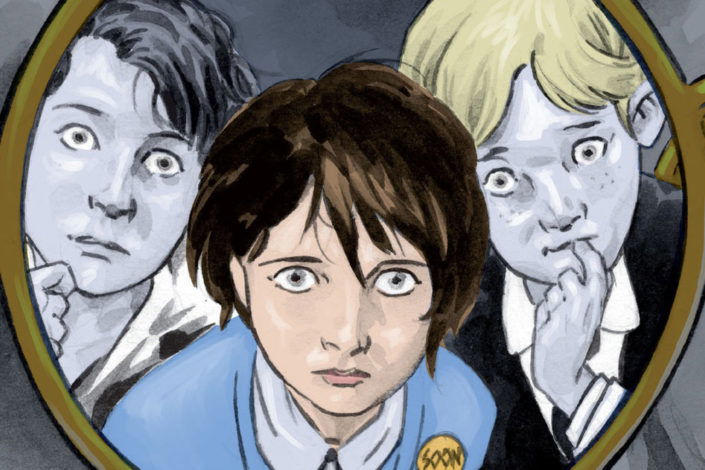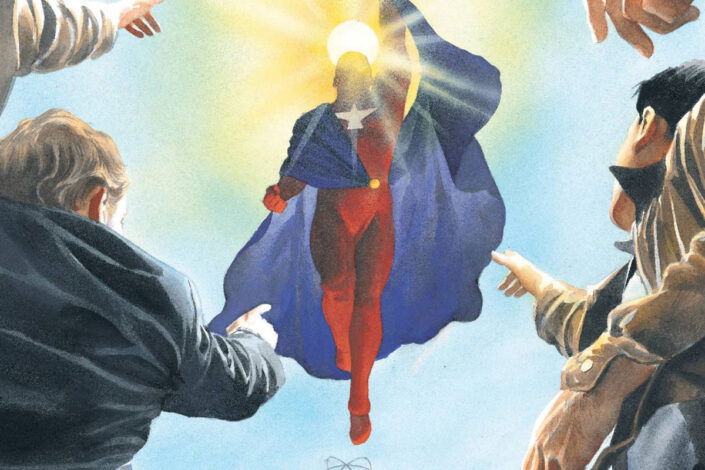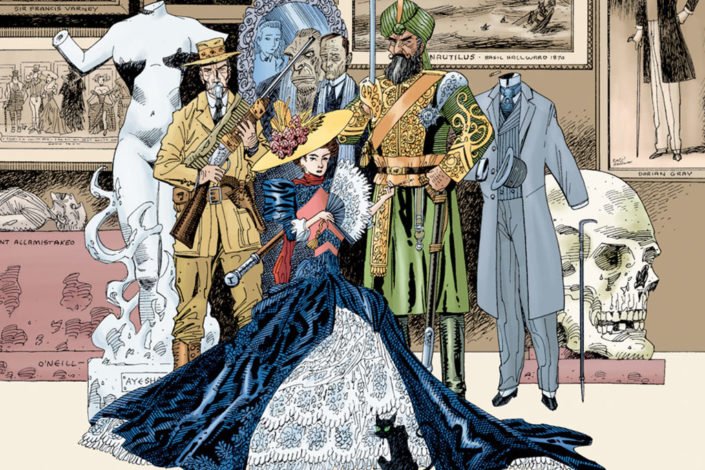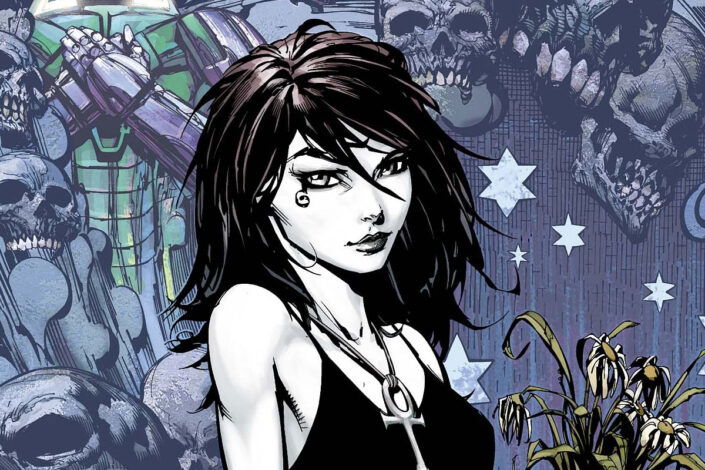Hellblazer John Constantine Reading Order, from the Swamp Thing to the Justice League Dark

Created by Alan Moore, Steve Bissette, and John Totleben in 1984 in The Saga of Swamp Thing series, John Constantine is an arrogant foul-mouthed working-class occult detective and con man from London. Originally a supporting character, he continued to appear in the series before getting his own ongoing in 1988, Hellblazer.
As Alan Moore was too busy (or didn’t want to) do it, DC Comics recruited another British writer, Jamie Delano, to develop the Hellblazer comics in which John Constantine was faced with much horror, demons, and others in Great Britain. This quickly cemented him as the antihero of the DC universe. Not loved by many, he still found people to join him during his fight against vile creatures, and they are often the ones who have to pay the harsher price.
Known for his cynicism, his deadpan snarking, his ruthless cunning, and his constant chain-smoking, John Constantine wants to help save lives, but his technique can be deadly if it’s for the greater good. Being his friend can be as dangerous as being his enemy.
The long-running Hellblazer comic book series was part of the Vertigo line and lasted 300 issues. After that, John Constantine was made a little more respectable as he joined the other magic heroes of the DC main universe. He joined teams and helped save the world, the universe, and reality.
